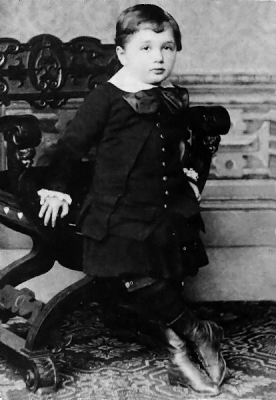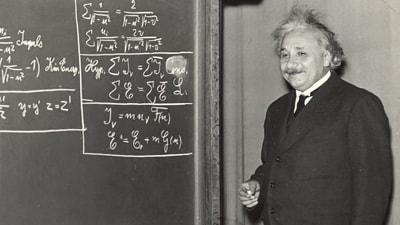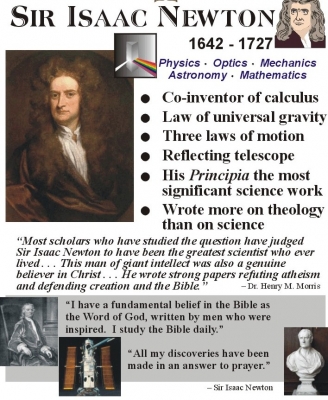What is the General Theory of Relativity?

The General Theory of Relativity predicted that the space-time around Earth would be warped and twisted due to Earth’s rotation. The theory gave a new framework for all of physics and proposed new concepts of space and time.
In 1907, Einstein had certain realizations about his theory. He understood that special relativity could not be applied to gravity or to an object undergoing acceleration. Consider a person sitting inside a closed room on Earth. That person experiences Earth’s gravity. Now imagine if the same room was placed in space, away from the gravitational influence of any object.
If it is given an acceleration of 9.8 m/s2 (same as Earth’s gravitational acceleration), the person inside the room won’t be able to tell whether he is feeling gravity or uniform acceleration. This idea laid the foundation of the General Theory of Relativity.
Einstein’s next question was how light would behave in the accelerating room. When we shine a torch across the room, the light looks like it is bending forward. This is because the floor of the room would be coming up to the light beam at an ever-faster speed, so the floor could catch up with the light. As gravity and acceleration are equivalent, light would bend in a gravitational field.
It took Einstein several years to find the correct mathematical expression of these ideas. In 1912, his friend, mathematician Marcel Grossman, introduced him to the tensor analysis of some mathematicians. This helped him. After three more years of work, the foundations of this theory were laid in the four papers he published in 1915.
Picture Credit : Google













